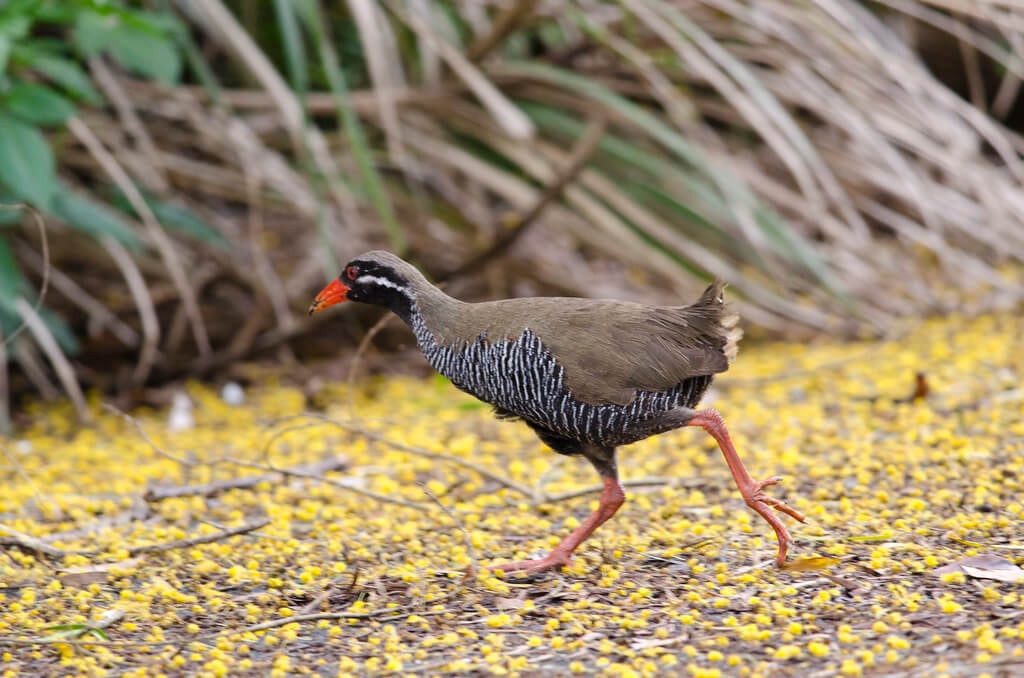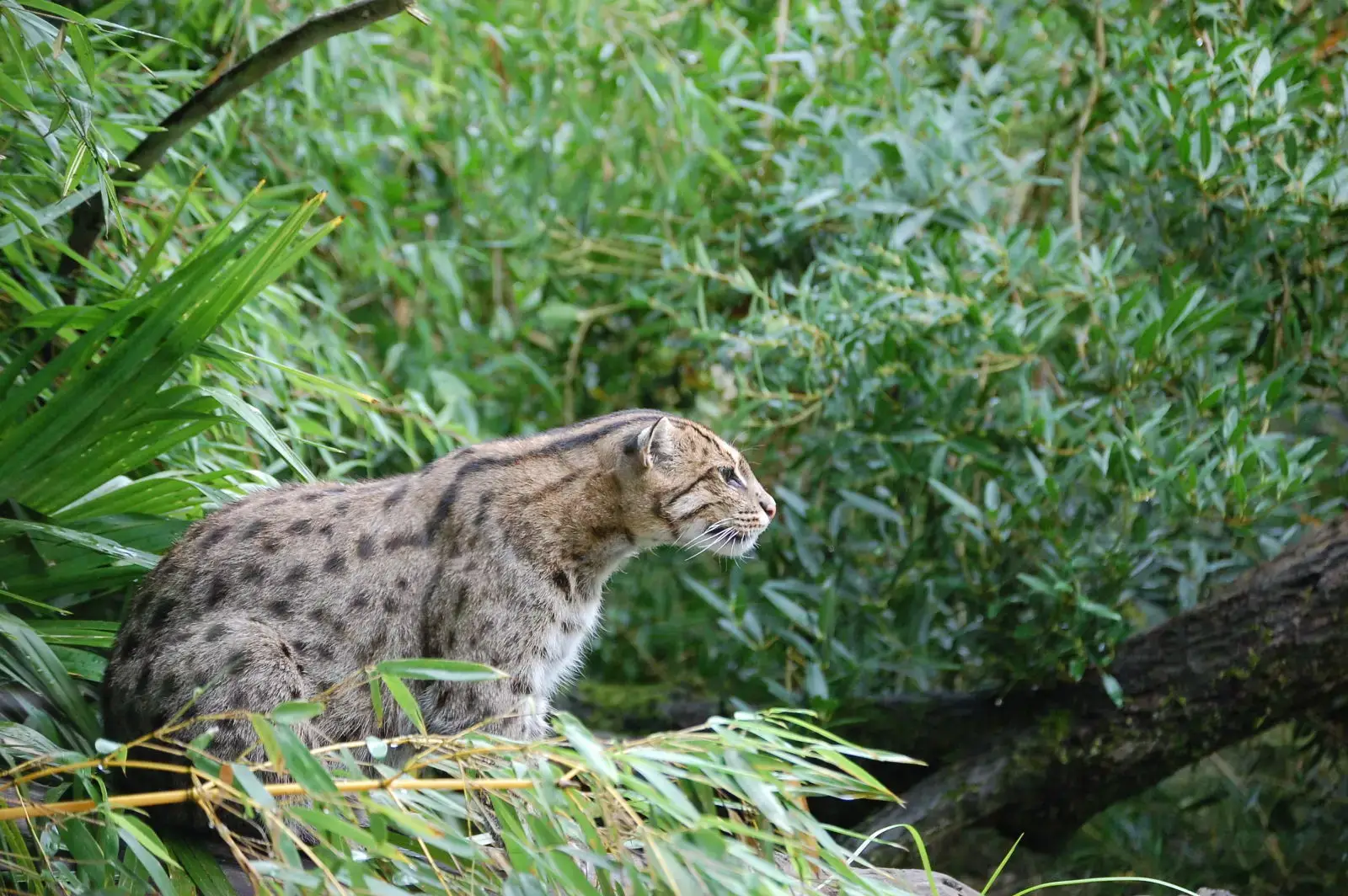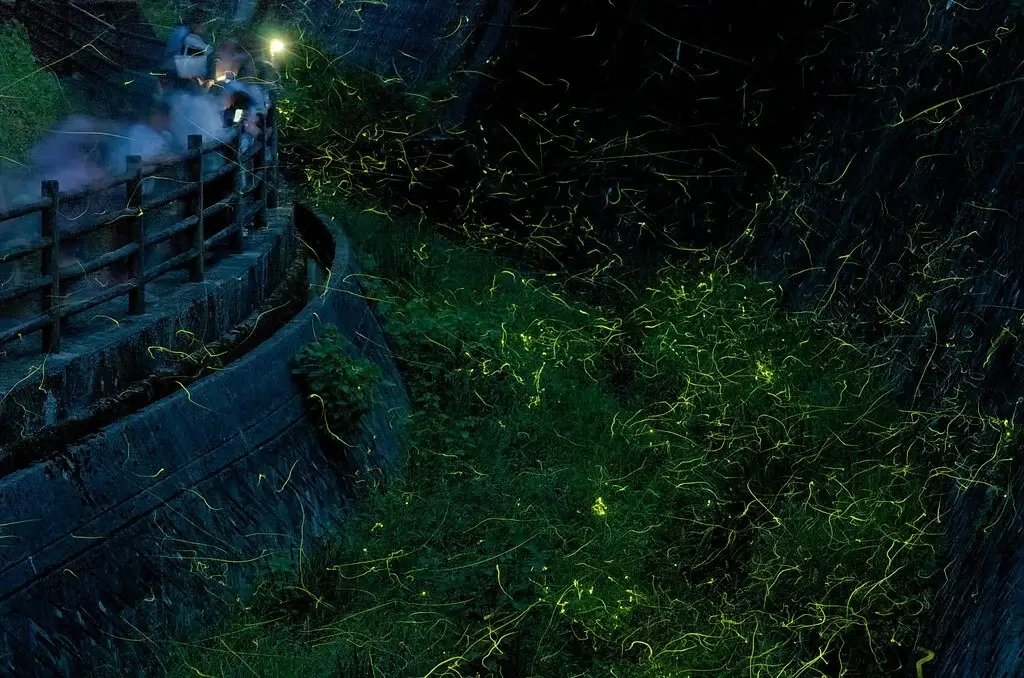In this feature, we explore ten of Japan's most fascinating animals.
We'll delve into their natural habitats, behaviors, and some intriguing facts.
Don’t forget to equip your phone with an iRoamly Japan travel eSIM to stay connected and share your wildlife experiences with friends and family online. Let’s get started!

Do you know how many types of Japanese animals there are?
Japan's long and narrow shape and varied climate are contributing factors to its rich biodiversity.
With over 90,000 species appearing in the archipelago, it's often said that Japan is home to some 5,600 vascular plant types, with a 35% endemism rate; 91 mammals, with 51% being native; 368 bird species, of which 4% is native; 64 reptiles, 44% native; 58 amphibians, at 76% native; and 214 fish, with 24% being native.
From the brown bears of Hokkaido to the habu on Okinawa, few mass extinctions occurred even during the ice ages, and Japan's isolation helped create a unique process of evolution in its flora and fauna.
Interestingly, discussions around the Japan national animal often reference iconic creatures such as the green pheasant or the koi fish.
However, since the Meiji era, some endemic flora and fauna have gone extinct, with many more experiencing danger due to hunting and invasive species – the Japanese wolf being one such example.
10 Of Japan's Most Fascinating Creatures
1. Japanese Macaque (Snow Monkey)
Known as snow monkeys, Japanese macaques are well-adapted to living in cold climates. Their brown-grey fur is fluffy and insulating, and in contrast to the snow around them, they have bright red faces. These monkeys live in troops with complex social structures, eating a varied diet of fruits, insects, and small animals in the wild.

Size: Up to 95 cm
Appearance: Fur is thick even on hands and feet
Habitat: Nagano Prefecture
Fun Fact: They're famously photographed enjoying a dip in steaming hot springs during winter in Japan, illustrating the rough tranquility of Japanese wildlife as they relax in snowy surroundings.
2. Tanuki (Japanese Raccoon Dog)
Not quite myth, not quite reality, tanuki—Japanese raccoon dogs—have a wall between fact and legend. The animal itself is an opportunistic omnivore, consuming anything from insects to fruits and even small animals. Nocturnal, they forage through forests and even suburban settings for food.
Size: About 60 cm body length
Appearance: Bulky, with thick fur and a bushy tail
Habitat: All across Japan
Fun Fact: Beloved in folklore for their ability to shapeshift, the tanuki's true shape-shifting ability is its capability to adapt to various environments, surviving and living in many different locales.
3. Japanese Giant Salamander
The Japanese giant salamander is a living relic, a creature that's remained essentially unchanged for millions of years. As one of the world's largest salamanders, its wrinkle skin and clambering walk can be quite a sight, and the night-dweller typically feasts on whatever fish, insects, or small mammals it can snap up with its jaws.
Size: Grows to 1.5 m
Appearance: Large, mottled body
Habitat: Clear, cold rural rivers in Japan
Fun Fact: Despite their alien appearance, sightings of these salamanders are incredibly rare, as they're adept at darting into underwater caverns and crevices. Their scarcity highlights the wonder in the rivers and streams of Japan.
4. Okinawa Rail
A flightless bird found only on Okinawa Island, the Okinawa rail has an inquisitive nature despite its bright red bill. Its calls, often heard before the bird is spotted, are distinct, and the rail itself is a frequent target for conservation efforts due to its status as a near-threatened species in the face of habitat damage and the tread of non-native animals.

Size: Around 30 cm
Appearance: Bright-red bill, flightless
Habitat: Dense Yanbaru forests of northern Okinawa
Fun Fact: Their curiosity can lead them to approach humans cheekily, making them a favorite of birdwatchers and photographers.
5. Japanese Serow
The Japanese serow is a goat-antelope, representative of Japan’s rugged, mountainous terrain. Often solitary or in small family groups, it navigates steep, rocky ground with ease, supported by sharp hooves capable of scaling rough terrain, and a shaggy, thick coat that insulates it from the mountain environment. Extremely cautious and alert, the serow will freeze in place to assess its surroundings before making its way again.
Size: Approximately 85 cm tall
Appearance: Dense fur, sharp hooves
Habitat: Deciduous and mixed forests, on the main islands of Honshu, Shikoku and Kyushu
Fun Fact: A symbol in Japan of wilderness conservation, the serow is respected for its tenaciousness and ability to evade humans, qualities that echo the wild spirit of Japan’s mountainous regions.
6. Ussuri Black Bear
This medium-sized bear is found in the forests of Hokkaido, with a shaggy ruff of black fur, and a uniquely white chest patch. It is omnivorous, feeding on fruit, nuts, and balanced diets of fish periodically. An excellent climber, it often rests or feeds in trees.
Size: Around 1.5m long
Appearance: Black fur, white patch on chest
Habitat: The island’s dense woods
Fun Fact: The black bear’s proclivity for climbing, even well into adulthood, is fascinating to watch – seeing a full-grown Ussuri black bear sitting in a tree, casually consuming berries or lounging, is a rare sight to behold.
7. Iriomote Cat
With an estimated population of between just 100 and 109, the Iriomote is one of the rarest wild cat species left. It is endemic to the island of its name, where it largely prowls subtropical forests, its dark fur a near-perfect disguise in the damp shadow. Feeding mostly on small creatures, the nocturnal cat is loved by locals for its agility, but its reclusive nature keeps it hidden from most eyes.

Size: Approximately 50 cm long
Appearance: Dark brown fur, rounded ears
Habitat: Subtropical forests
Fun Fact: The Iriomote’s secretive nature, coupled with its critically endangered status, gives it an air of mystery and urgency in the field of animal conservation.
8. Sika Deer
The graceful sika deer are elegant and commonly seen throughout much of Japan, thriving in wild and urban settings. They are sacred in some locations, such as Nara and Miyajima, where they wander freely and closely interact with humans. Sika deer are generalist herbivores, eating various grasses and leaves. They are also notable for their beautiful coats that shift from light brown in summer to a dark gray in winter.
Size: Up to 1m at the shoulder.
Appearance: Seasonally color-changing coat.
Habitat: Forest and grassland in Japan.
Fun Fact: In some places, such as Nara, the deer are as much a cultural feature as a wildlife one, bowing to people who offer them snacks and bridging the gap between nature and tradition.
9. Japanese Firefly
Known for creating fairy-tale glow on summer evenings, the Japanese firefly is a bioluminescent treasure that is commonly found around rivers and forests during warm months. Fireflies are an iconic summer image in Japan, and figure in summer festivals and artworks. The light display isn’t just for show – the patterns helps males and females find each other in the darkness. The presence of fireflies is also an environmental indicator, as they need clean water to survive.

Size: 1.5cm long.
Appearance: Bioluminescent abdomen.
Habitat: Rivers and streams with clean water.
Fun Fact: Mating season is not only a luminous spectacle but a traditional event, and many people have firefly-viewing parties during the season.
10. Ryukyu Flying Fox
The Ryukyu flying fox is a type of megabat or fruit bat that is native to the subtropical fruit forests of the Ryukyu Islands. At night, these largely nocturnal mammals use their keen vision to navigate in search of food, primarily fruit. By eating and roosting, flying foxes can aid the pollination of flowers and dissemination of seeds. Ryukyu flying foxes are sociable animals, and during the day you may see them roosting in large groups.
Size: Wings can stretch up to 1.5m.
Appearance: Large eyes and sharply pointed nose.
Habitat: Subtropical forests of the Ryukyu Islands.
Fun Fact: As pollinators and seed spreaders, these bats are crucial for the health of the forest habitats, demonstrating the symbiotic relationship between animals in tropical regions.
Conclusion
These bambi grave wonders of the animal kingdom offer an insight into the natural and cultural worlds of Japan. From the humble stag to the skybound fox, each helps weave a brilliant tapestry of the natural spaces of Japan.
Whether you're planning a visit or just great_name dreaming, the wildlife of Japan sings of the beauty and resilience of nature.
